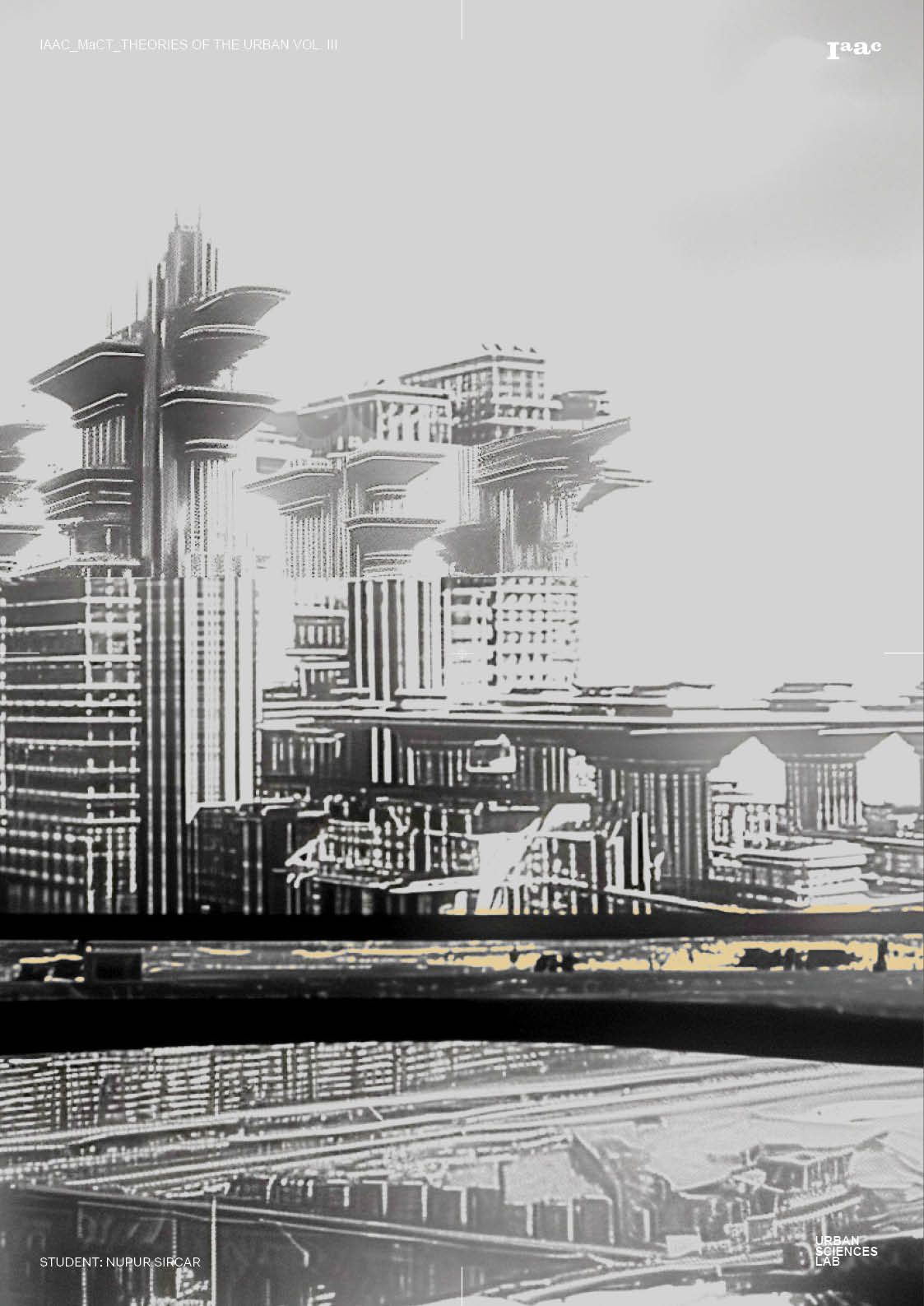
In our third scenario, Building Information Modelling is exceedingly advanced, seamlessly integrating urban society into a complex technocracy. Cyborg citizens, embodying the fusion of human and machine, and Human citizens, both, thrive in this environment. It is trivial to lay emphasis on software coding, regulation, decency, fairness, justice, and endless niggling confrontations with the networked shareholders. Towers are colossal, interweaved and moulded into uncanny forms owing to exigencies for light rights and viewing corridors. Fortunately, parametric engineering is so advanced that buildings have little to no trouble contorting themselves to conform to irrational political demands.
These towers, much like the Heart Machine tower, which has a similar symbolism of the Babel Tower, in Fritz Lang’s “Metropolis,” embodies the urban life force dominating all power and machinery. Their design and function reflect a cityscape continually reshaped by evolving social and spatial dynamics. The sabotage of the Heart Machine by oppressed workers leads to chaos, stressing on the conflict between humans and the cyborg-like rulers, and the need for unity and reconciliation in the dystopian society and its technocratic structure.
Urban re-engineering is ubiquitous, with sustainable environmentalism baked into the regulations and facilitated by regulatory capture by the leading global vendors. Rights delays can cause cost overruns, but the general financial picture for colossal tower is sturdy and predictable. These towers rise slowly and steadily, exemplifying the controlled yet dynamic essence of the city. They are, however great places to live on a pension: decent, healthy, well-lit, dependably serviced, and wheelchair-friendly. In this complex technocracy, the skyscraper stands as the central concept, a symbol of both the power and the challenges inherent in urban dynamism.


